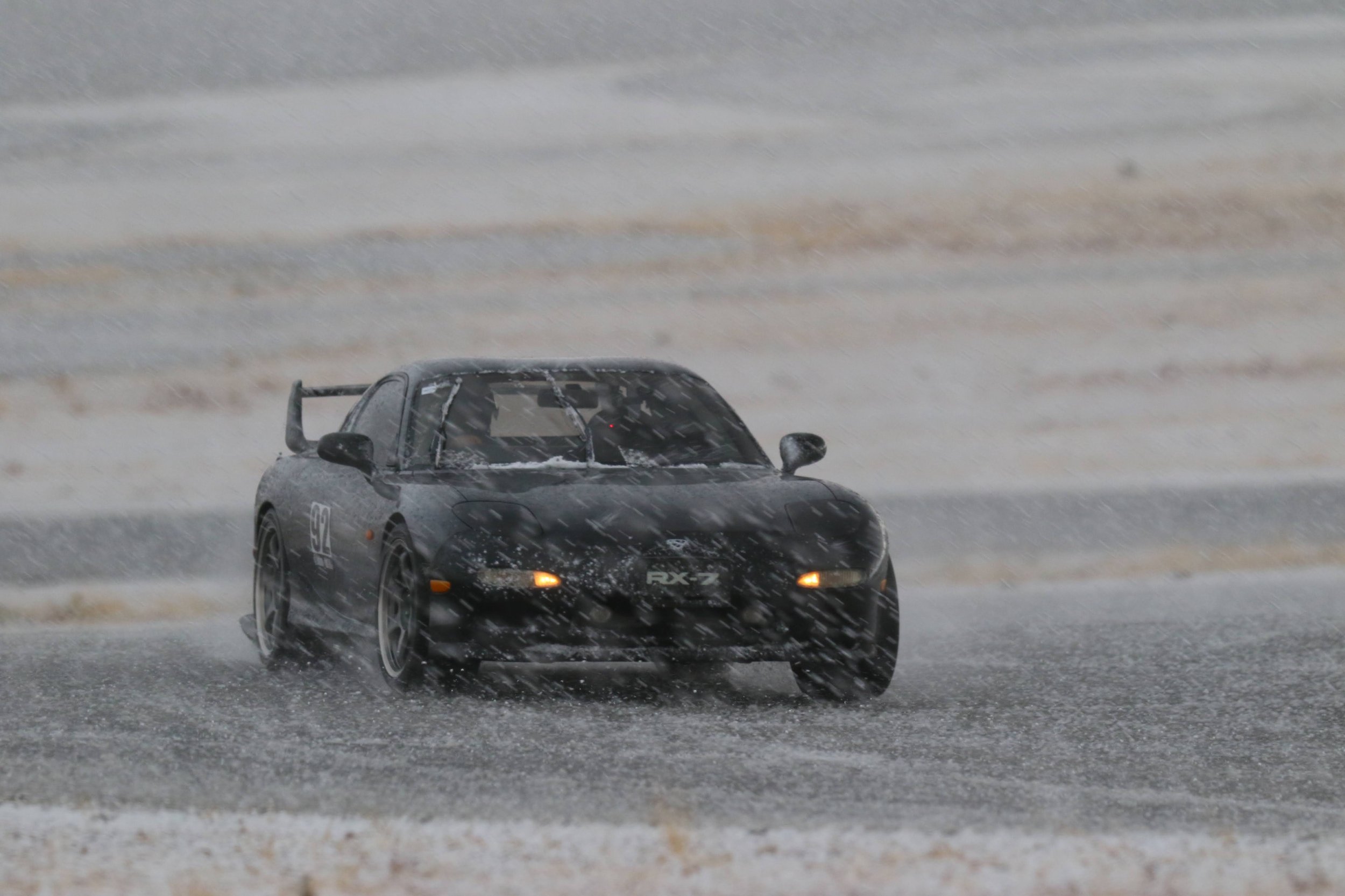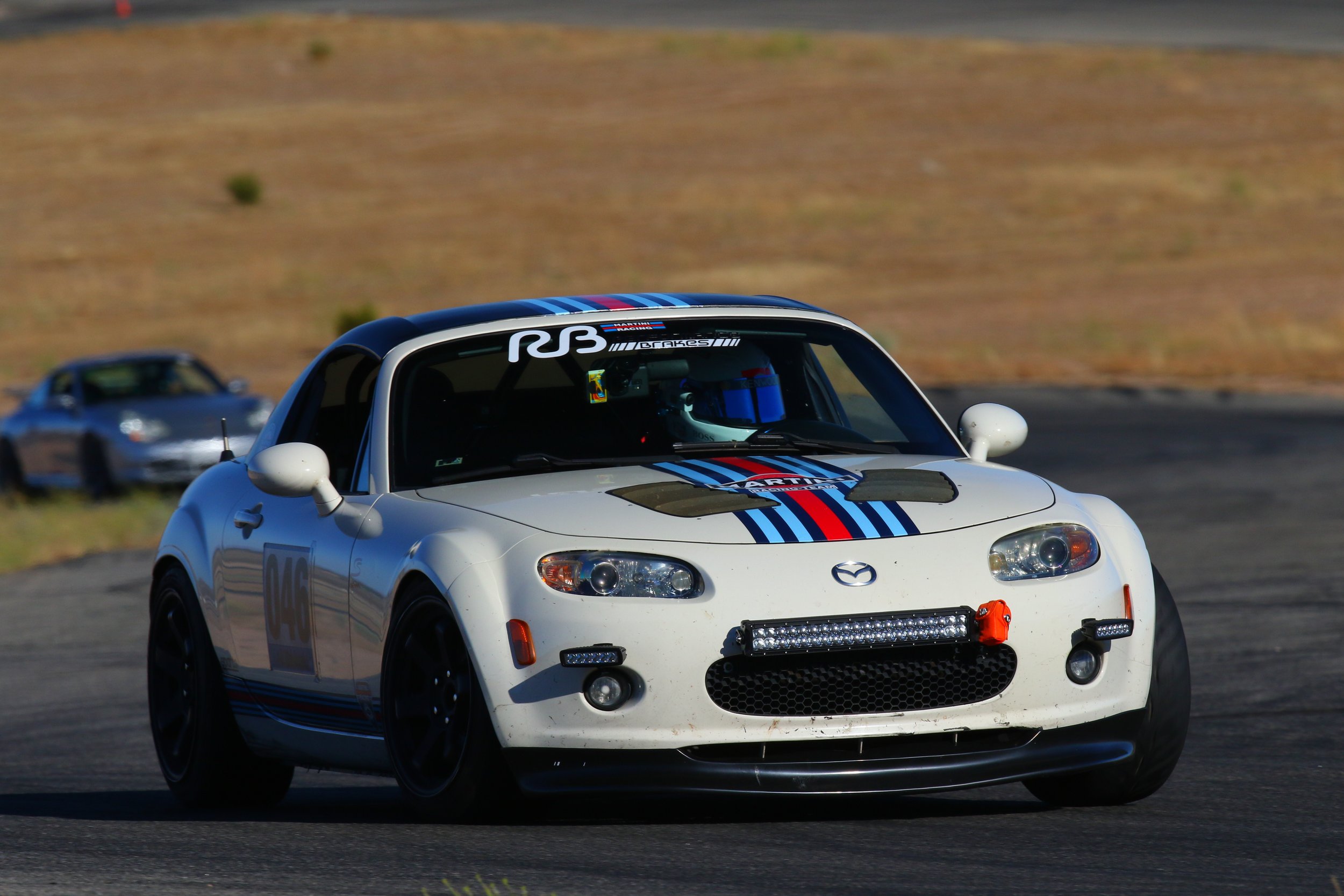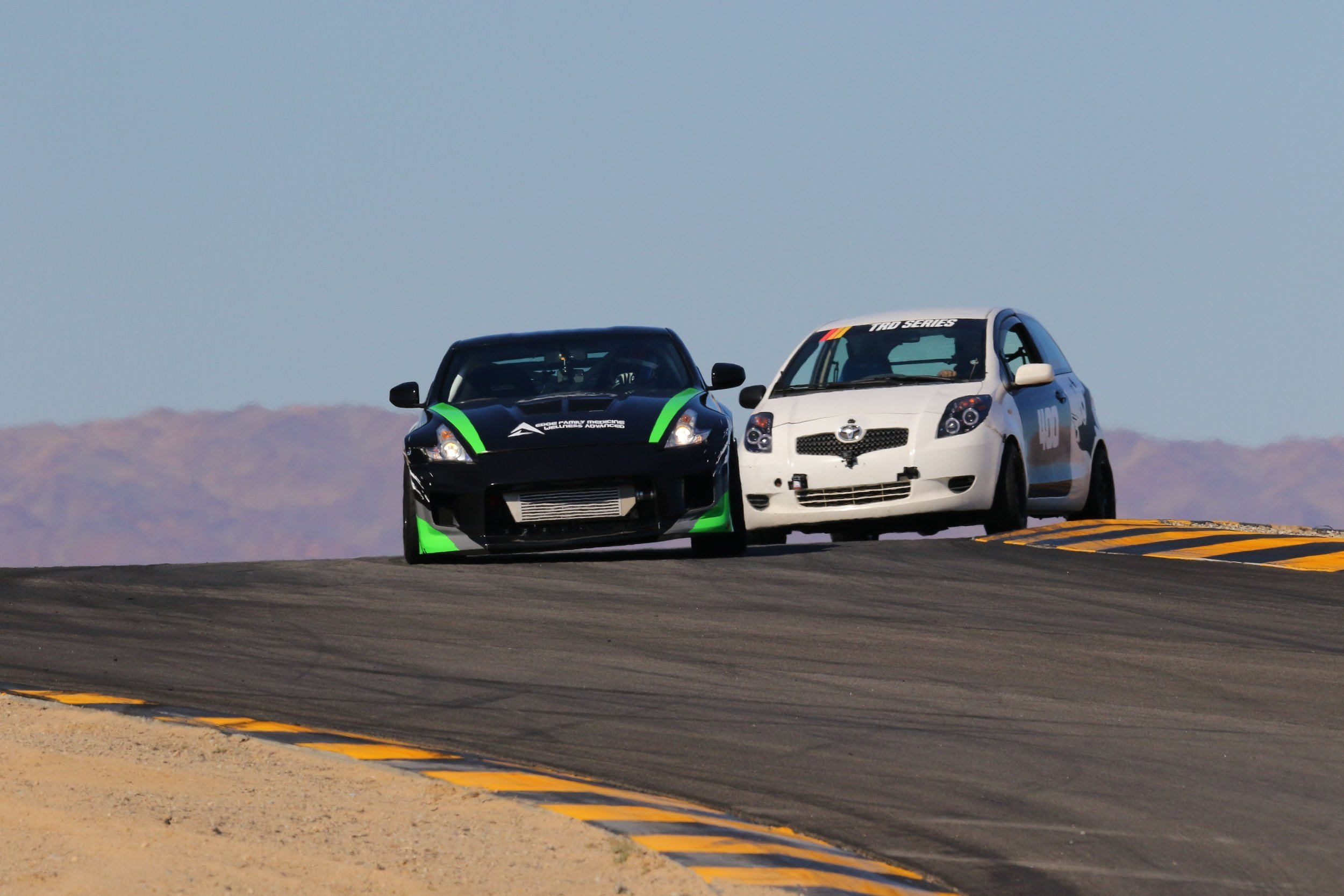
SpeedSF Blog
Every Build Has a Story – Meet the Cars of SpeedSF

Rafael’s FD3S RX-7: Pipe Dream
After dreaming about one of his Gran Turismo hero cars for many years, Rafael Guerrero was able to trade up through over a dozen RX-7s and eventually snag this gorgeous 1992 RX-7 Type R.

Andy's NC Miata: How To Make 300 Horsepower In 3 Not-So-Easy Steps
Intent on keeping costs low, Andy Boskovic started tinkering on a third-gen Mazda Miata. The need for more power was clear from the start, so he first tried to swap in a 2.5-liter engine from a Ford Fusion.
Then he turbocharged it.

Joey's Yaris: Giving the Family Car a New Lease on Life
It was the car he and his siblings learned to drive in. Once all the kids were off on their own, Joey decided to give this once-automatic Yaris a shot at sexier second life.
